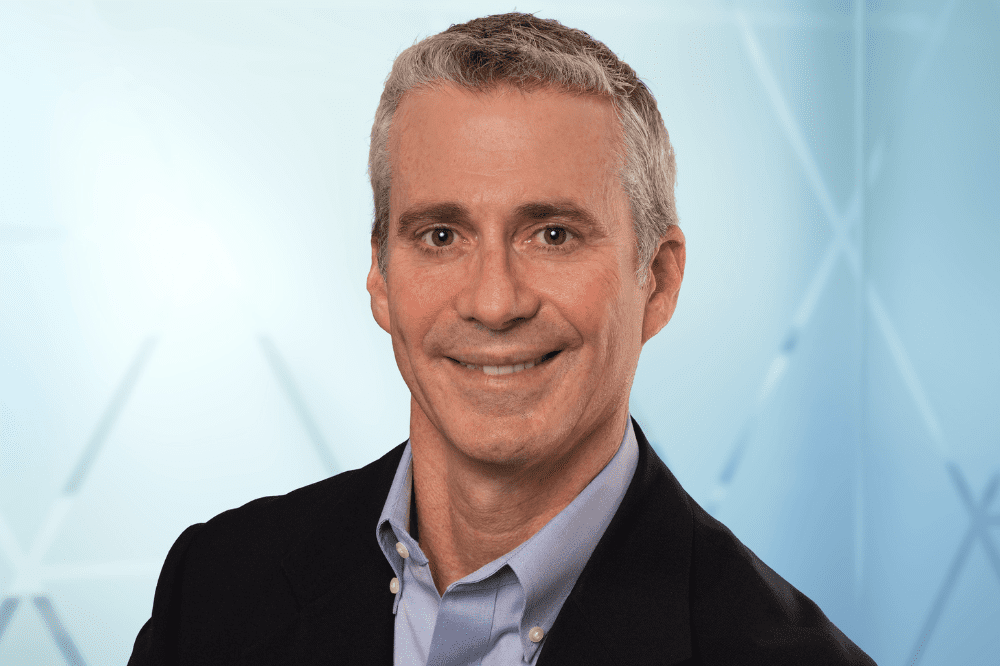Why Verisk president is optimistic despite cat losses and carrier exits

Why Verisk president is optimistic despite cat losses and carrier exits | Insurance Business America
Catastrophe & Flood
Why Verisk president is optimistic despite cat losses and carrier exits
There’s a bright side for consumers
Catastrophe & Flood
By
Gia Snape
A confluence of high catastrophe activity, inflation, and other economic pressures have made 2023 an “unusually difficult year” for insurers.
Losses due to extreme weather events in recent years have forced insurers to back out of states such as California and Florida or to limit their business, but at least one leader is holding on to optimism.
“There’s going to be some years that are worse than others, and I think this is an unusually difficult year,” said Neil Spector (pictured), president of underwriting solutions at Verisk.
“I think what has really exacerbated things is the inflationary environment. Construction costs have gone up dramatically, and it costs a lot more to rebuild structures today than just a couple of years ago.”
‘In the thick’ of hard market conditions
A combination of costly cat activity and inflation has created challenges for insurers, according to Spector. He noted that premiums would continue to increase as insurers calibrate their pricing.
“The challenge in a high storm year is that reinsurance rates typically go up, which means insurers either have to assess whether it still makes sense to write in certain areas, given the reinsurance costs, or they need to increase prices in order to cover those reinsurance costs,” he said.
“I think the overall implication is that insurance rates are going to continue to go up. But at some point, the cycle will direct itself, meaning that prices will become adequate and insurance companies will make money.
“We’re not going to have these storms all the time. But right now, we’re in the thick of it because of inflation and storm activity.”
Commenting on actions large carriers have taken to mitigate further losses, the Verisk leader said: “When you see a national insurer leave a market, it doesn’t mean that the market doesn’t have a lot of great insurance options, but it is an indication that it’s looking at profitability and saying, ‘this isn’t where we want to be right now.’
“But it’s still a competitive market, meaning there’s a lot of insurance companies out there, it’s regulated at the state level, and so availability of insurance will remain. Even if it’s the insurer of last resort, such as Citizens, you will have places to go get insurance.”
Carriers would have to prepare for more than $100 billion in total insured losses from natural catastrophes yearly and possible annual losses of more than $200 billion, according to Verisk’s data models.
Hurricane Idalia alone caused between $2.5 billion to $4 billion in insured losses to onshore property.
The range includes wind damage and insured estimates of storm surge across Idalia’s track, with most losses stemming from damage due to wind. Idalia made landfall on August 30 in Florida’s Big Bend region as a Category 3 hurricane.
Despite the challenges, Spector is confident about the insurance industry’s resilience and its ability to help its customers recover from disasters.
“The good news is we have a healthy insurance industry that has surplus and is there to protect us,” he said.
“As consumers, we like to think of our insurance as a necessary evil. But I think people must understand that insurance is there to protect them from catastrophic events, to pick people up and put them back on their feet.
“We talk a lot about insurance costs and profitability. What we don’t talk about is all the people whose homes were destroyed that are going to get rebuilt because they had an insurance policy, and the insurance policy fulfils the promise of putting [the homes] back together after a disaster.”
Do you agree with Spector’s views on catastrophe losses and carrier pullouts? Share your thoughts in the comments below.
Keep up with the latest news and events
Join our mailing list, it’s free!






